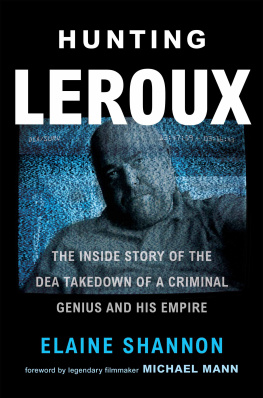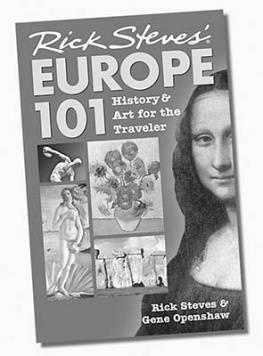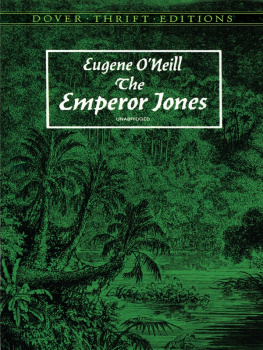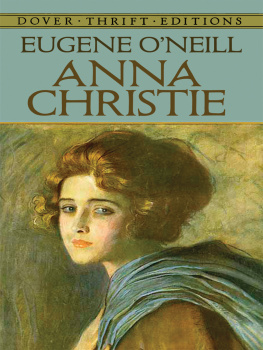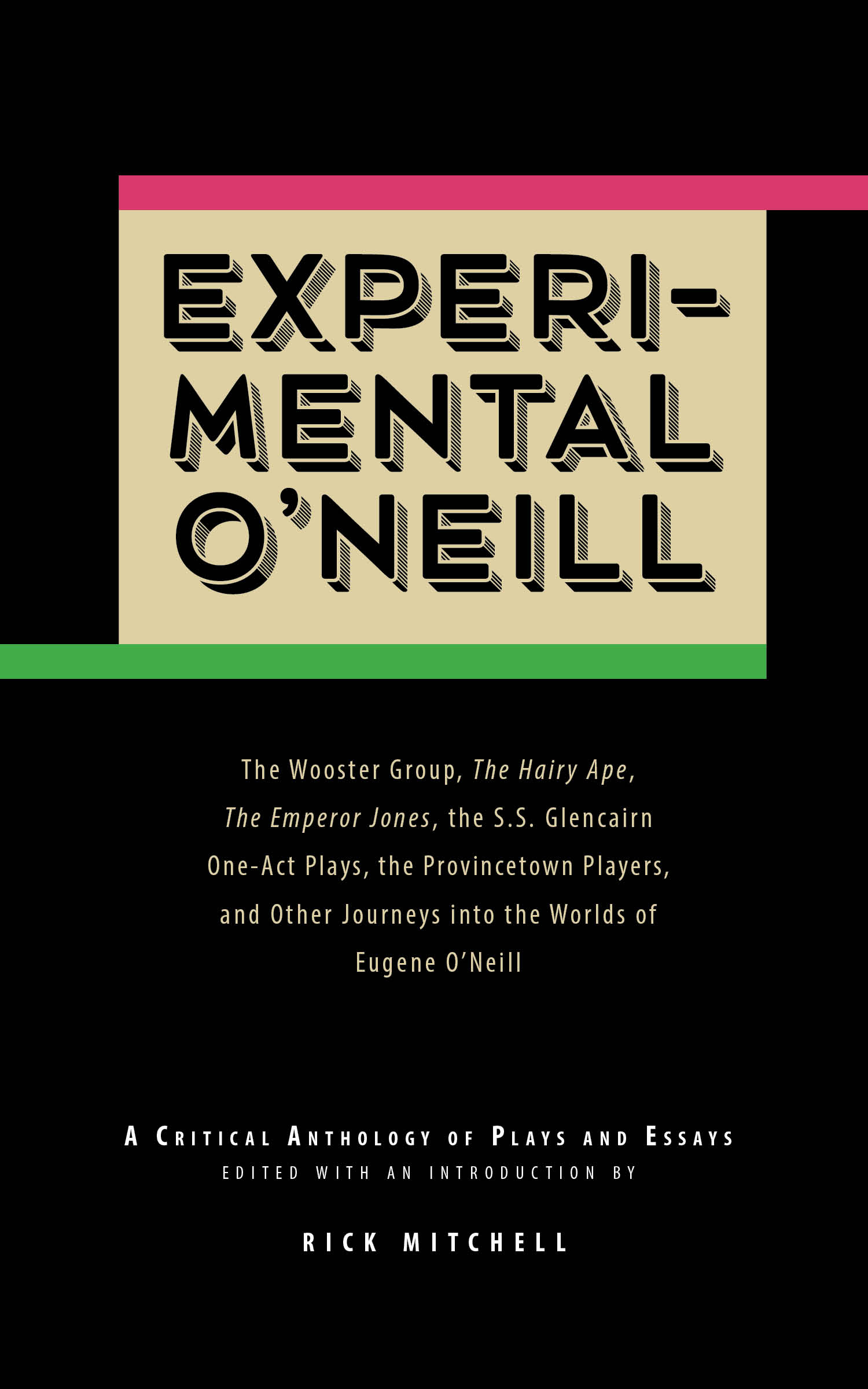This is a Genuine Barnacle Crucial Edition
A Barnacle Book | Rare Bird Books
453 South Spring Street, Suite 302
Los Angeles, CA 90013
rarebirdbooks.com
Copyright 2016 by Rick Mitchell
All rights reserved, including the right to reproduce this book or portions thereof in any form whatsoever, including but not limited to print, audio, and electronic. For more information, address:
A Barnacle Book | Rare Bird Books Subsidiary Rights Department,
453 South Spring Street, Suite 302, Los Angeles, CA 90013.
Set in Minion
ePub ISBN: 978-1-940207-87-2
Publishers Cataloging-in-Publication data
Names: Mitchell, Rick (Richard W.), editor. ONeill, Eugene, 1888-1953, author.
Title: Experimental ONeill , The Wooster Group, The Hairy Ape, the S. S. Glencairn : one-act plays, and other journeys into the world of Eugene ONeill / edited by Rick Mitchell.
Description: Includes bibliography | First Trade Paperback Original Edition | A Barnacle Book | Los Angeles [California], New York [New York]: Rare Bird Books, 2016.
Identifiers: ISBN 978-0-9887456-9-8
Subjects: LCSH ONeill, Eugene, 1888-1953 | American drama20th century. | BISAC DRAMA / American / General.
Classification: LCC PS3529.N5 A6 2016 | DDC 812/.52dc23
Contents
Preface
A century after Eugene ONeills first produced play, Bound East for Cardiff , was put up by the Provincetown Players in 1916 in a converted fish house at the end of a wooden wharf in Provincetown Harbor, it is time to reassess his early one-act dramas, some of which may be as important today , in the twenty-first century, as his late, oft-produced, full-length plays Long Days Journey Into Night (written 1940; posthumously produced 1956), The Iceman Cometh (written 1939; produced 1946), and A Moon for the Misbegotten (written 1943; first produced 1947)the masterworks upon which the reputation of ONeill, the only US playwright to ever win the Nobel Prize for Literature, still stands, although, ironically, the above plays were written well after ONeill won the award.
Thus, this volume includes not only ONeills key, experimental, early one-actsalong with a couple of other important plays by contemporary female dramatistsbut also contextualizing essays about the dramas first put on by the Provincetown Players, the company whose primary goal was, like ONeills, no less than the transformation of American theater. Significantly, these same one-act plays received critically acclaimed productions in the 1990s and 2000s by the internationally renowned experimental theater company the Wooster Group, whose home in the SoHo section of New York City is a quick bike ride away from the Provincetown Players old, still-standing theater in Greenwich Village. Although the Wooster Groups radical approach to ONeills funky performance texts was not something that the first great American playwrightnor even the decidedly non-commercial theater of the Provincetown Playerscould have possibly imagined way back when, the Wooster Groups recent success with innovative productions of a swath of ONeills early work (originally written and produced during and shortly after World War I) reinforces the fact that theres something boldly theatrical about these plays, especially when theyre re-energized by a company thats as committed to breaking new theatrical ground today as the Provincetown Players were back in 1920.
In addition to touching upon early productions of ONeills one-acts, Experimental ONeill s contextualizing chapters, by a diverse array of international performance scholars and artists, focus on more recent presentations of his plays by the Wooster Group while also viewing early ONeill within other contexts, such asin Lowell Fiets wide-ranging essaythe Caribbean, the setting of The Emperor Jones , as well as the African diaspora, the historical avant-garde, and US imperialism. Another essay, by Noelia Hernando-Real, emphasizes the centrality of women in the Provincetown Players, which to this day is primarily associated with the early, male-dominated work of ONeill. Focusing on the many antiwar plays written by the Provincetown Players female dramatists (and others), while also providing an insightful introduction to the theater company, Hernando-Real demonstrates that these works (two of which appear in this volume) were as progressive in their critique of masculinity and war as they were aesthetically innovative.
Like several of the Players female dramatists, the Wooster Group has also effectively responded to some of the problems found in ONeills texts, such as the playwrights sometimes awkward handling of gender and race, although through performative strategies rather than dramatic writing. For example, the Wooster Group production of The Emperor Jones featured a white actress, Kate Valk, playing a multi-layered Emperor while wearing a colorful costume from Kabuki theater (a Japanese performance form) and blackface makeup. An Obie-Award winning actress and Wooster Group founding member, Valk was widely praised for her startlingly innovative and powerful performance as the male Emperor. In an interview conducted for this book, she discusses the role while offering fresh insights into the Wooster Groups work on other early plays by ONeill, all of which appear in Experimental ONeill .
The volume also includes a review essay by Richard Murphetwho views the Wooster Groups The Hairy Ape as an effective theatrical take on post-9/11 life in the Westas well as a careful reading of the play by Anthony Dawahare, who draws connections between its experimental aesthetics and political engagement while suggesting, like Murphet, that The Hairy Ape is presciently relevant over ninety years after it first appeared. Another chapter, by Les Hunter, offers a unique perspective on the collaborative production, under the title Early Plays , by the Wooster Group and New York City Players of ONeills short sea plays from the nineteen-tens. After historically situating the one-act sea plays and ONeill, Hunter explains how the Early Plays director Richard Maxwell emphasized within the acting a sort of post-Brechtian lack of affect that helped to foreground the plays unusual language which, ironically, could possibly have pleased ONeill, who repeatedly said later in life that he would rather have people read his plays as literature than see them performed by actors whose emotive craft, ONeill believed, could detract spectators from clearly hearing his written words. Additionally, the book contains an introduction to groundbreaking aspects of ONeills early work, experimental performance, and the Wooster Groups take on ONeill.
While the contextualizing chapters will enable readers to gain fresh insights into experimental theater practice and the continuing relevance of early ONeillparticularly for the twenty-first centurythe Wooster Groups productions covered here begin with his plays, as do many of the essays. Thus, this volumeunique among books on ONeill, experimental theater, or American dramacontains, in addition to the critical chapters, the plays themselves, so that readers, including artists, scholars, and the general public, can easily refer to relevant chapters while reading a particular play, or vice versa.
The included early plays that were produced by both the Provincetown Players (from 1916-1922) and the Wooster Group (from 1993-2012) are two long one-acts, The Emperor Jones and The Hairy Ape , as well as a group of shorter, one-act sea plays often referred to as the S.S. Glencairn Plays (or Early Plays in the Wooster Group/NYC Players collaboration), since the Glencairn is the name of the ship where most of the characters work. Please note, however, that ONeill wrote the sea plays separately and in a different order than they appear in the Glencairn series, and that he himself had never intended to group the plays together. When produced as the S.S. Glencairn Plays the series includes, in the following order, The Moon of the Caribbees , Bound East for Cardiff , The Long Voyage Home , and In the Zone (a work that the Early Plays production omitted).




